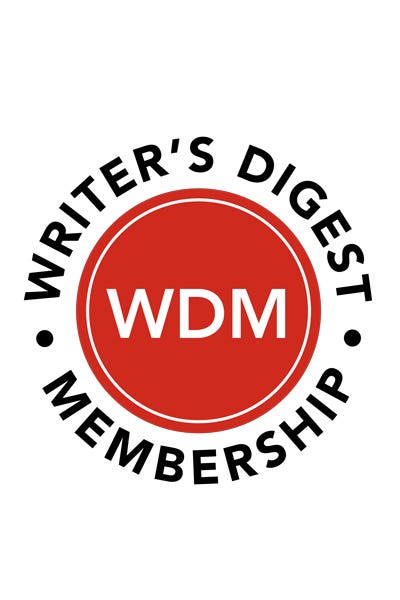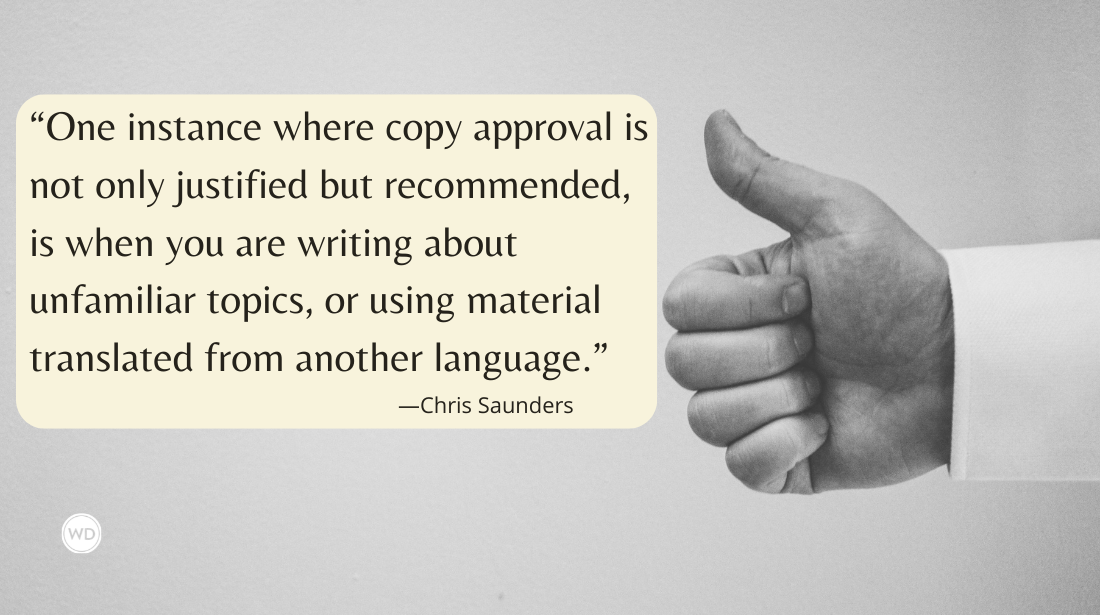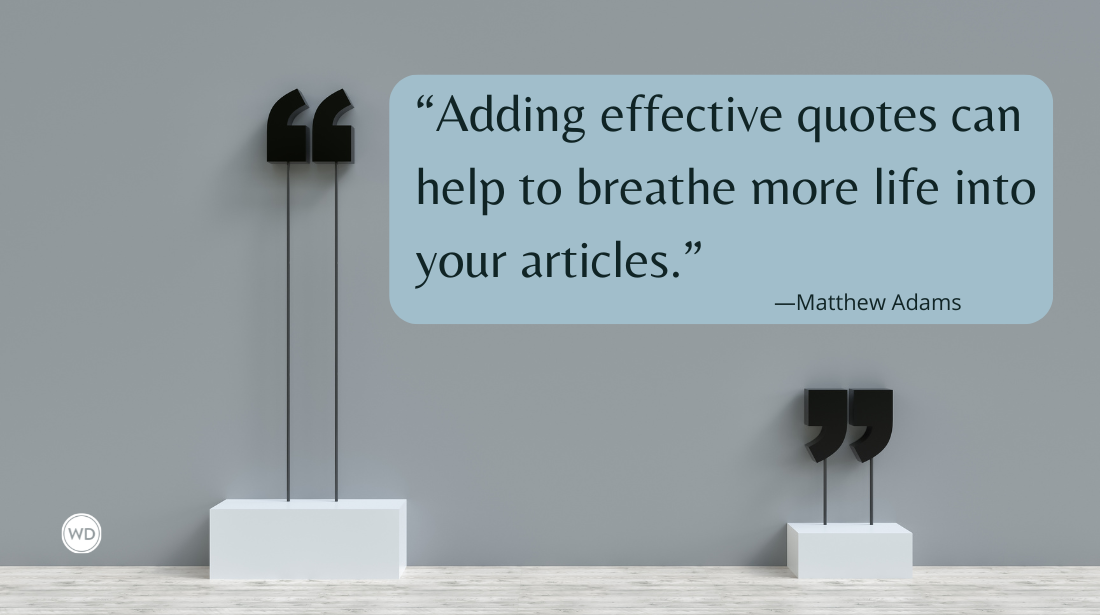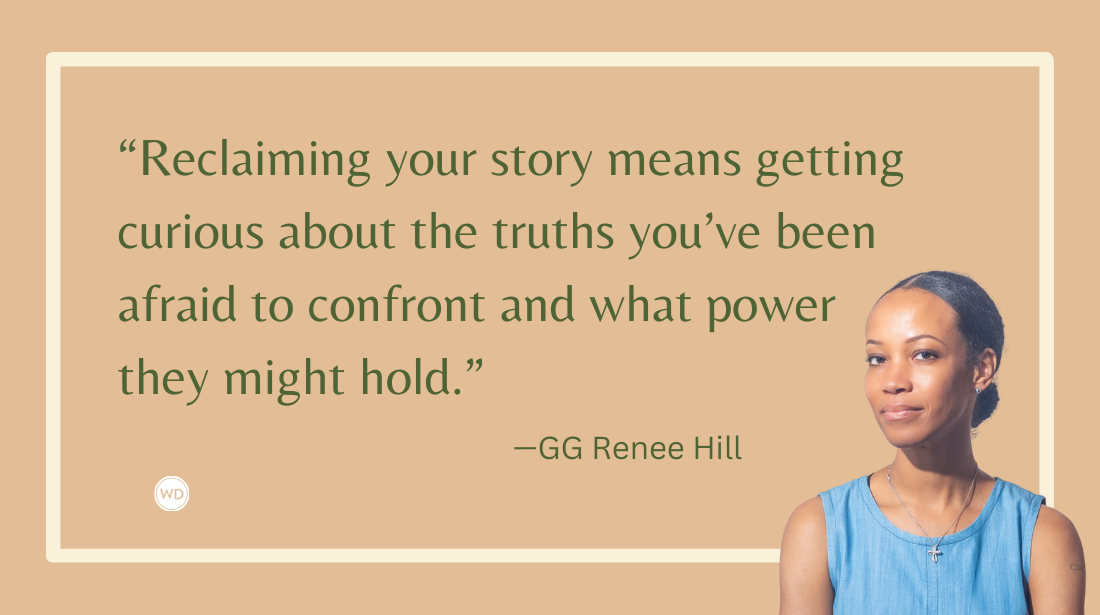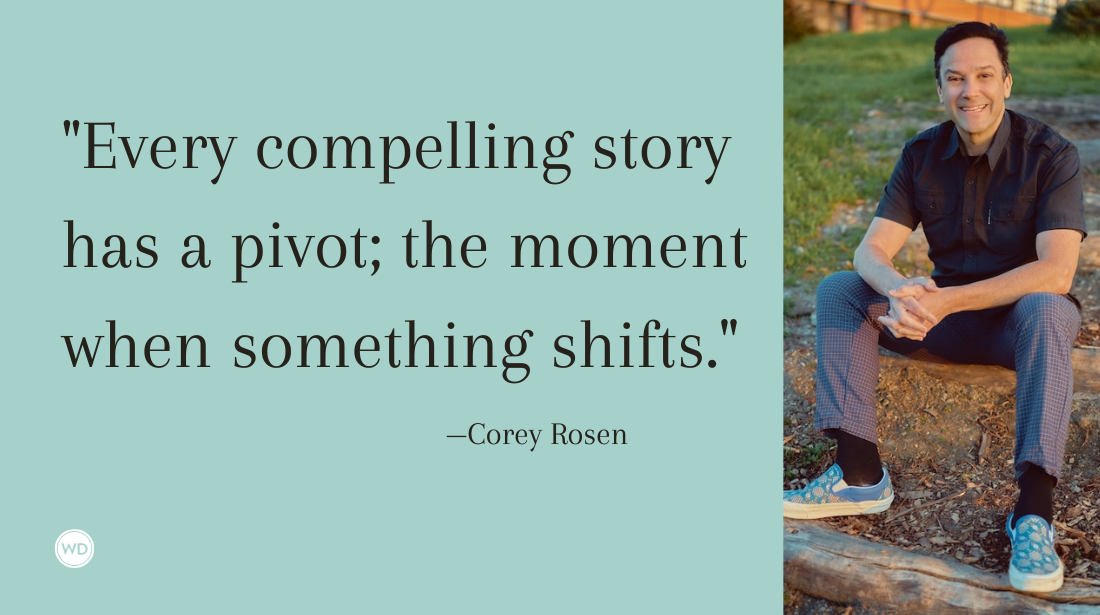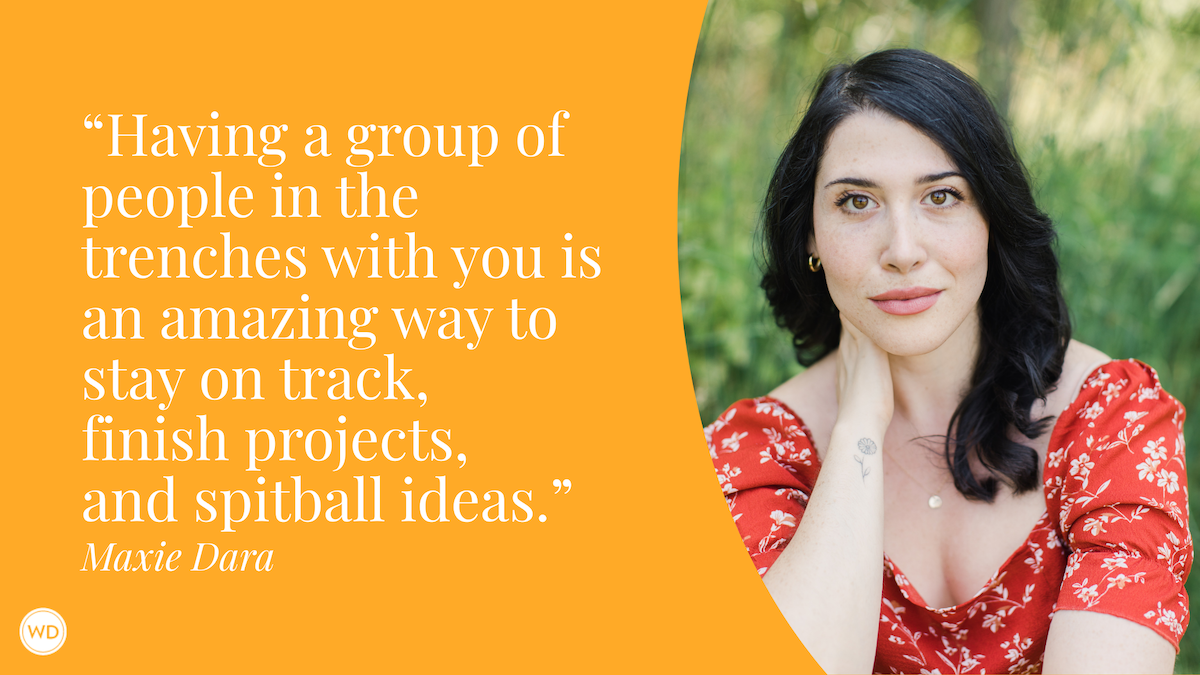Jesse James Rose: Start in the Middle
In this interview, author Jesse James Rose discusses breaking her own writing rules in her new memoir, sorry i keep crying during sex.
Jesse James Rose (she/they) is a transgender actor, writer, and content creator based in New York City. Every president who has attacked her in the media has been shot at. Rose holds degrees from NYU in music theatre and child and adolescent mental health studies, as well as a certificate in diversity, equity, and inclusion from Cornell University. As an actress, Rose made queer theater history as the youngest openly nonbinary professional performer to take on the title role in Hedwig and the Angry Inch. The same year they co-starred in the indie film Adelphe, which premiered at the Cannes Film Festival. They are perhaps most known as a transgender activist attacked by Donald Trump, as covered by Rolling Stone and THEM. Their work lives largely on social media, where Rose writes about gender, queerness, survivorship, mental health, their feelings, and their exes on Instagram and TikTok.
In this interview, Jesse discusses breaking rules she made for herself in the process of writing her new memoir, sorry i keep crying during sex, their hope for readers, and more.
Name: Jesse James Rose
Literary agent: Mollie Glick, CAA
Book title: sorry i keep crying during sex
Publisher: Abrams Image
Release date: October 21, 2025
Genre/category: Memoir, LBGTQ+, Humor, Future Pulitzer-Prize Finalist (is that a category?)
Previous titles: none, unless you count long captions about my exes
Elevator pitch: sorry i keep crying during sex is about healing from sexual violence while my grandfather was dying of Alzheimer’s. His brain was falling apart, and I was trying to put mine together, and our stories intersect for one brief moment in time.
What prompted you to write this book?
I needed a friend to cry on the bathroom floor with when I was healing.
At the time, in 2018, the #MeToo movement was resurging with Dr. Christine Blasey-Ford’s testimony, and everything was deadly serious. As it should’ve been! Survivors were getting our moment; people were starting to take us seriously. At the same time, I’m a person who needs to laugh. If I’m not making a joke during something horrific that’s how you know it’s bad. But I May Destroy You wasn’t out yet. I’m Glad My Mom Died wasn’t out. One of my best friends sent me a vile meme about 9/11, and I laughed so hard I cried. Not because it was particularly funny, but because the laughter itself felt so good. It was hope for healing. Proof of life.
I change my answer. I needed a friend to sit on the bathroom floor with me and laugh, so I wrote it into existence.
How long did it take to go from idea to publication? And did the idea change during the process?
The actual writing took six months, but from idea to publication was more like six years.
The idea began when I was walking home from my assault on that fateful night in October, but I let it percolate until after I had undergone EMDR and knew I was ready to offer this story responsibly. I didn’t want to be writing from a traumatized place; I wanted it to be a process of artistic creation. Somewhere in the middle I wrote a piece for my grandfather’s memorial service and overwhelmingly the response from people I did not know was “You have to write a book.” I told them I was, which was a funny thing to say, because I hadn’t written a word. I think that’s when I got serious.
I wrote my proposal, which included a 15,000-word sample (the first 50 pages, more or less) and signed with my agent all in the summer of 2023. By that fall I signed my book deal with Abrams, and by June of 2024 I had turned in my first draft.
As for what changed? The mediums I use, that’s for sure! I pitched the book as evolving from blog-style snippets into full prose, and I handed in a compilation of blog-style snippets, Grindr chats, text messages, play scripts, lists, and poetry. This came as a surprise to me and my editor! For instance, when I wrote “A Scene from a Long-Distance Relationship,” (p. 97) it was by accident. I started with a dialogue-only draft as an exercise to get the shape of the argument, figuring I’d add in the prose around it later. When I reread it, I thought No, this is complete. Maggie Nelson says she “writes in the form that seems most fitting” and she chooses “depending on the problem at hand.” I second her methodology—I understood that moment in time through the dialogue, so a dialogue-focused medium was the only one I could write it in.
This became the first of many examples where I wrote outside the container I made for myself. The most pertinent example is probably Section II, which was not in my original pitch either. I think I wrote the entire collection in two days. It just poured out of me, and when I reread it, I felt insane flipping from page to page. It was perfect; it captured the sensation of losing your mind (PTSD flashbacks) while repeating the same thing over and over (Alzheimer’s). If I’d stuck to the container of blog-style-to-prose, we wouldn’t have what has become many readers’ favorite piece.
I hope the takeaway here for editors and publishers is give your writer the freedom to experiment, and we’ll give you something worth reading.
I hope the takeaway here for writers is: If you make a rule for your piece, you better find a way to break it.y Jakobson’s writing class which gave me the structure I needed to sit down and write the proposal.
Were there any surprises or learning moments in the publishing process for this title?
I learned a lot about trusting myself.
Selling experimental work is hard, and then following through and learning whether your experiment works in real time is even harder. In my mind I knew the structure of the book could work, but I didn’t know what shape it would take in the end.
For context, I wrote the book completely out of order. When it came time to tie it together, I spent two solid weeks in a conference room I rented with my advance money sorting out what should go where. I color-coded an order on the white board. I printed the entire draft and moved stacks of pages around the room. I added notes in my Scrivener margins about what the reader already knew before going into each chapter so I could shape the readership experience. I gave up and flew to my best friend Zach’s house across the country and finally figured it out on his dining room table. When I sent it to Sarah, my editor, I had looked at it so many times that it was all meaningless and I was sure I had failed miserably (too experimental! Too many formats! Too confusing!) and I would need to rewrite the book.
In the end we cut two pages, edited some minutia, but the order is the same. “You really cooked here,” Sarah wrote in an Adobe in-line comment on the entirety of Section II. “I’m not touching this.” I was so proud.
Right before we sent it to print, I freaked out and wanted to edit more—word choices, sentences, metaphors, tiny details. My managing editor, Lisa, had the grace to send me an e-mail. “You’re messing with perfection. It’s ready.”
I learned—and am still learning—to trust my vision. I’ve never read a book remotely like this one, which is why I wrote it. Part of paving your own way, especially in experimental writing, is surrounding yourself with people who understand what you’re trying to do, and can help you get there, but have enough experience to tell you when it’s time to stop.
Were there any surprises in the writing process for this book?
I think it may surprise people to know writing this book was not therapeutic. I believe writing can be a therapy, but that’s meant for your journal, not for a literary pursuit. It would be irresponsible (traumatizing, triggering) to turn over the unedited pages of my journal, but I thought it would be a blast to recreate my thought process from when I was my most mentally ill. It was. I loved showing up to my desk every day and figuring out how to put you, the reader, in my brain.
Another surprise was my choice not to write a rape scene. I am tired of reading rape scenes. I’ve been there! I don’t need to be there again! Most of the time they come out of nowhere, seldom are they responsibly handled, and if they’re included in a memoir, I find myself comparing my own assault to theirs instead of listening to what they have to say. Maybe that’s a “me problem,” but I know I'm not the only one who has it. Plus, it’s less about the mechanics of what happened, it’s about what happened after.
I think it will surprise people that every fact about 9/11 is 1.) true and 2.) sourced! I wonder if, when people look up all the ridiculous one-liners about Operation Neptune Spear, they’ll realize I was telling the truth about all of them … and if all those absurd trivia facts are true, maybe I’m also telling the truth about my rape.
What do you hope readers will get out of your book?
I hope they laugh! I hope they cry. I hope it’s hard to read at moments. I hope it comforts them. I hope people see the evolution of a writing style mirrors gender transition. I hope they see that the very structure of the book isn’t just queer, it’s decidedly trans. I hope people put it on their shelves and say, “That’s one of my favorite books I’ve ever read.” I hope they feel stronger, more prepared for the horrors of the world. I hope they feel held.



